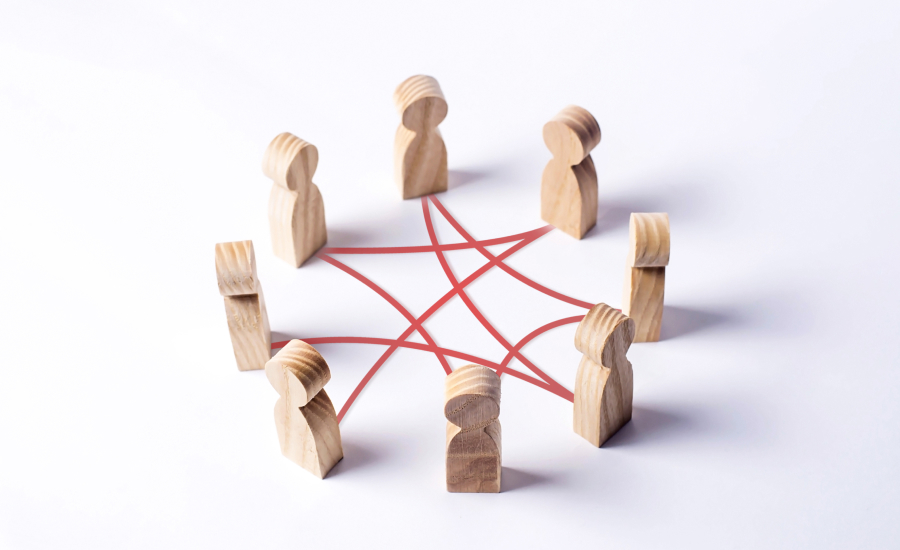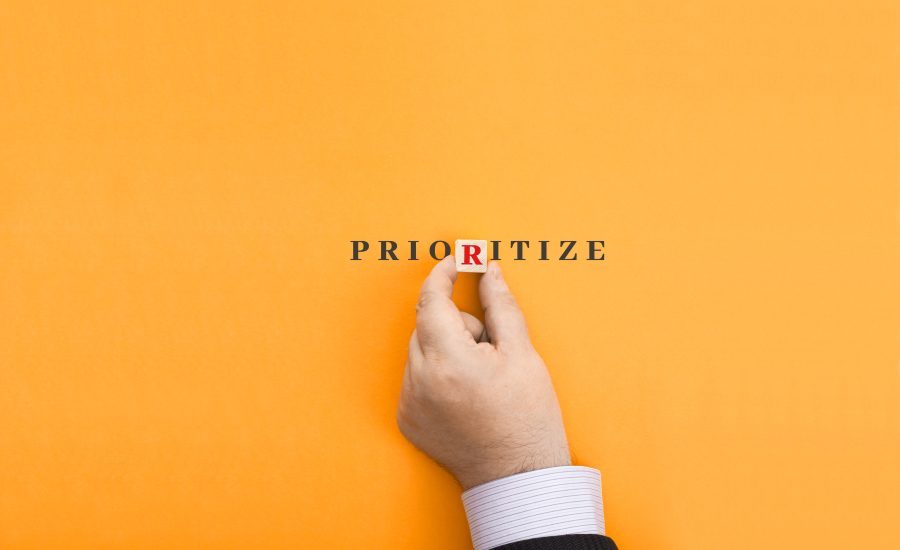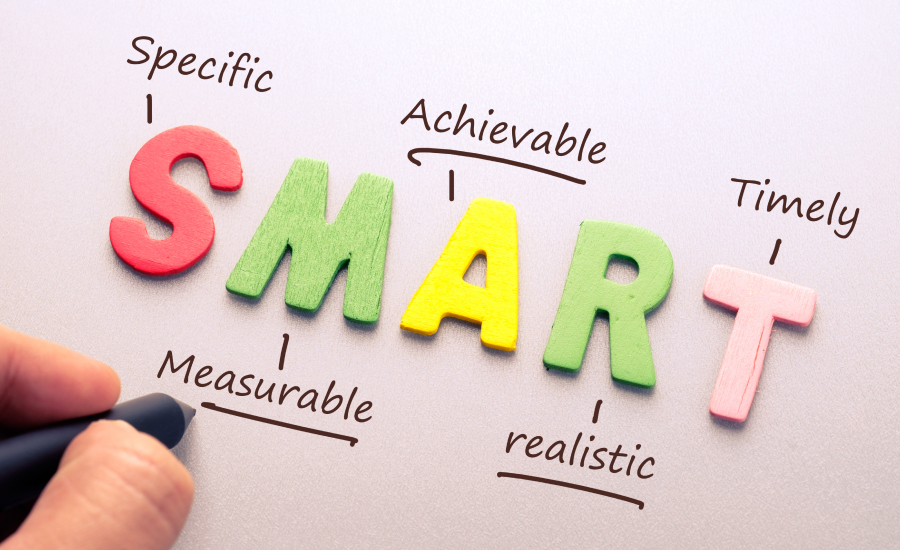Introduction
Creating a productive morning routine has immense benefits, ranging from improved mental clarity to make the day run smoother. A morning routine refers to the habits or activities a person performs every morning in order to start the day on the right foot. While morning routines vary, there are certain tips and tricks that can be used to help create an effective morning routine. This article will briefly touch upon the benefits of creating a productive morning routine, as well as provide tips and tricks for creating and sticking with a routine.
Benefits of Creating a Productive Morning Routine
A productive morning routine has several benefits. For one, having a routine helps to create structure and can help keep motivation levels high. Additionally, having a consistent routine can help you become more aware of your thoughts and feelings, which can improve mental clarity. A productive morning routine can also help to ward off feelings of stress, fatigue, and depression, as it helps to create better energy levels, clarity of thought, and well-being.










